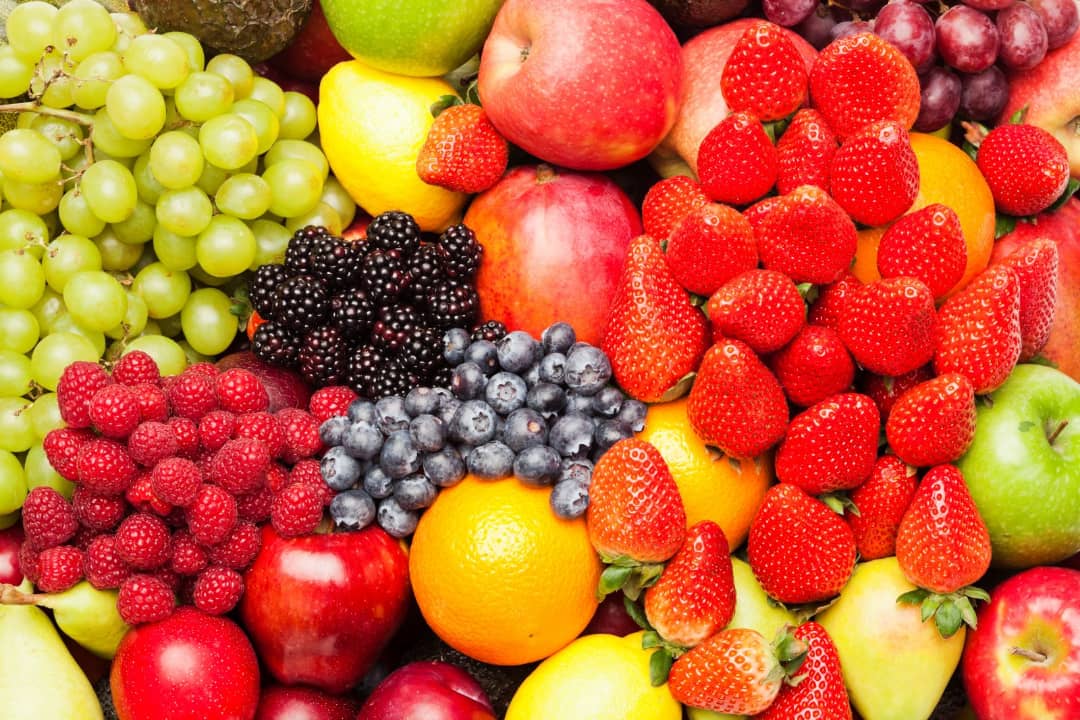Fruits and vegetables are among the common commodities that are consumed the most. As some take them in to improve their health, several others also consume fruits and vegetables because of mythological beliefs.
You must however know that fruits and vegetables are an important part of a healthy diet. “An apple a day keeps the doctor away,” or so the saying goes. This means that eating a variety of them is as important as eating them in several quantities.
Consumers must also note that no single fruit or vegetable provides all of the nutrients required for healthy eating. In today’s article, we will focus on how you can train yourself to eat more fruits and vegetables
What are the health benefits of eating fruits and vegetables?
Fruits and vegetables are known to potentially contain hundreds of different plant compounds that are beneficial to health.
A diet rich in fruits and vegetables has the potency to resuscitate and maintain your health in so many ways. Some of the benefits of fruits and vegetables are that they;
- Lower blood pressure
- Reduce the risk of heart disease and stroke
- Prevent some types of cancer
- Lower risk of eye and digestive problems
- Induce a positive effect on blood sugar due to the presence of glycemic
- Keep appetite in check
- Promote weight loss
What are the tips to help you eat more fruits and vegetables?
The following guidelines would help you eat more fruits and vegetables on a regular basis. They are:
- Keep fruits and vegetables at places you can see – You can do this by placing several ready-to-eat washed whole fruits and vegetables into a bowl or storing chopped colorful fruits and vegetables in a glass bowl in the refrigerator to tempt your appetite.
- Explore a wide range of fruit and vegetable collections and always choose something new – variety and color are key to a healthy diet. On a regular, try to get at least one serving from each of the following categories: yellow or orange fruits and vegetables; dark green leafy vegetables; red fruits and vegetables; legumes (beans) and peas; and citrus fruits.
- Make meals out of fruits and vegetables – you can try cooking new recipes that include more vegetables. Salads, soups, stir-fries, and several other dishes are necessary to help you increase the number of tasty vegetables in your meals.
- Scouts for fruits and vegetables loaded with nutrients you are deficient of – If possible, normalize choosing fruits and vegetables that are packed with different nutrients and are more slowly digested carbohydrates.
